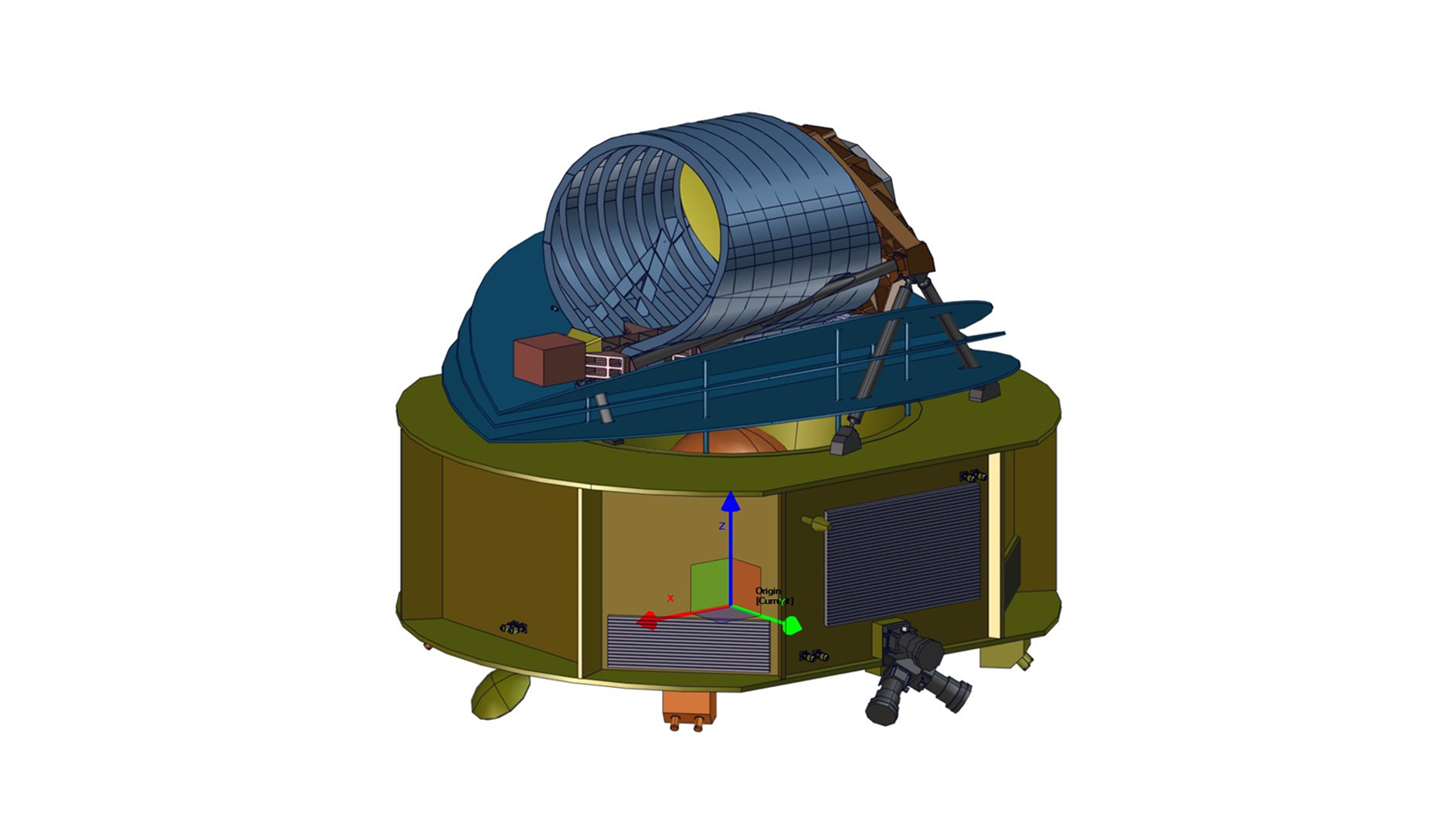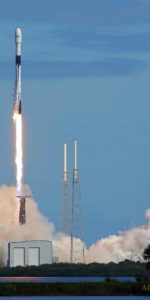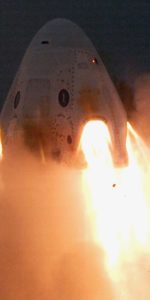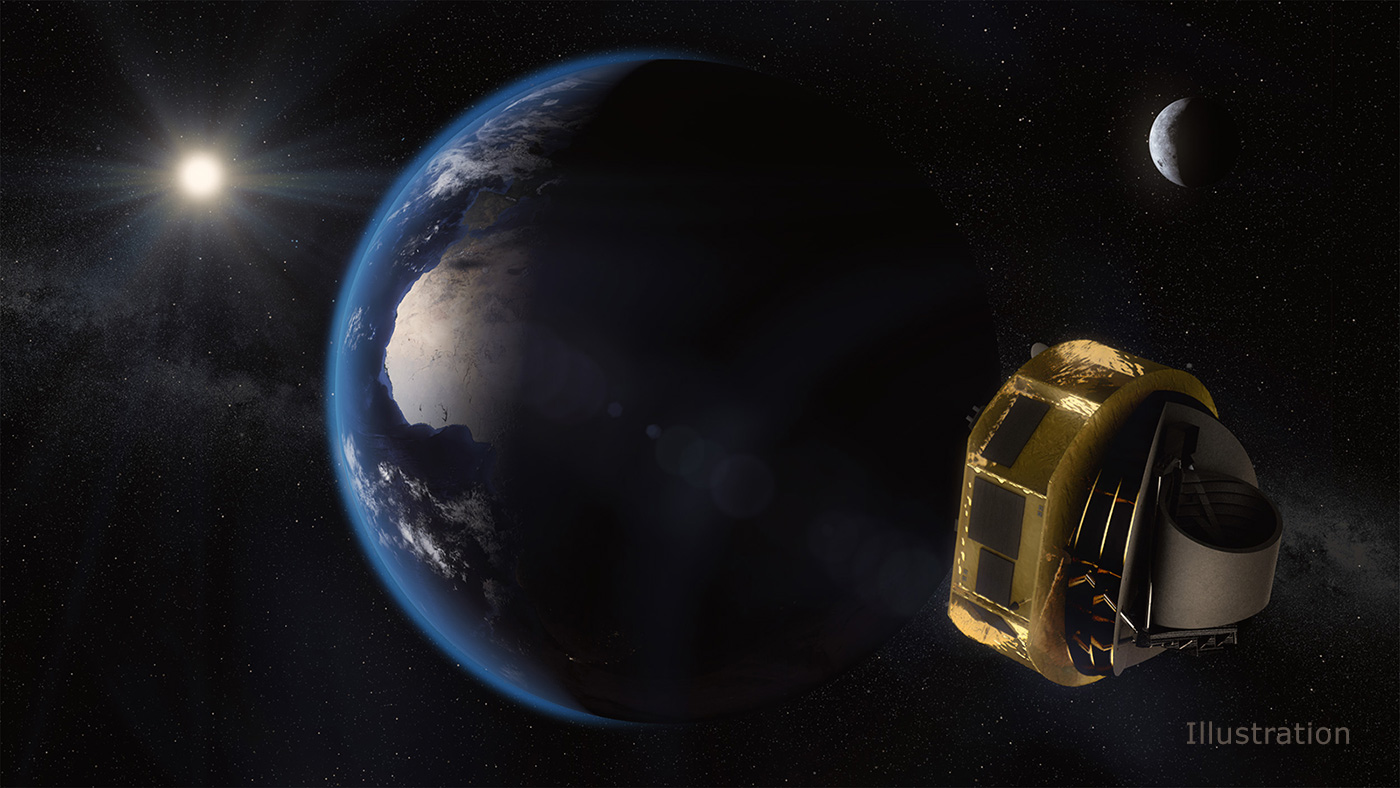
Thousands of exoplanets have been discovered so far – just over 4,000 now actually – with thousands more expected to be found in the near future. But these worlds are very far away, so it is a difficult task to determine just what they are actually like. But now, NASA is contributing an instrument to a new European space mission that will be able to study the atmospheres of hundreds of these worlds.
The Atmospheric Remote-sensing Infrared Exoplanet Large-survey (ARIEL) is expected to be launched in 2028 by the European Space Agency (ESA).
ARIEL’s own payload instruments will analyze the spectra – the chemical fingerprints – of the atmospheres and metallicities of these planets, and now NASA’s instrument, called the Contribution to ARIEL Spectroscopy of Exoplanets (CASE) will further expand the capabilities of ARIEL.
“I am thrilled that NASA will partner with ESA in this historic mission to push the envelope in our understanding of what the atmospheres of exoplanets are made of, and how these planets form and evolve,” said Thomas Zurbuchen, associate administrator for NASA’s Science Mission Directorate in Washington. “The more information we have about exoplanets, the closer we get to understanding the origins of our solar system, and advancing our search for Earth-like planets elsewhere.”
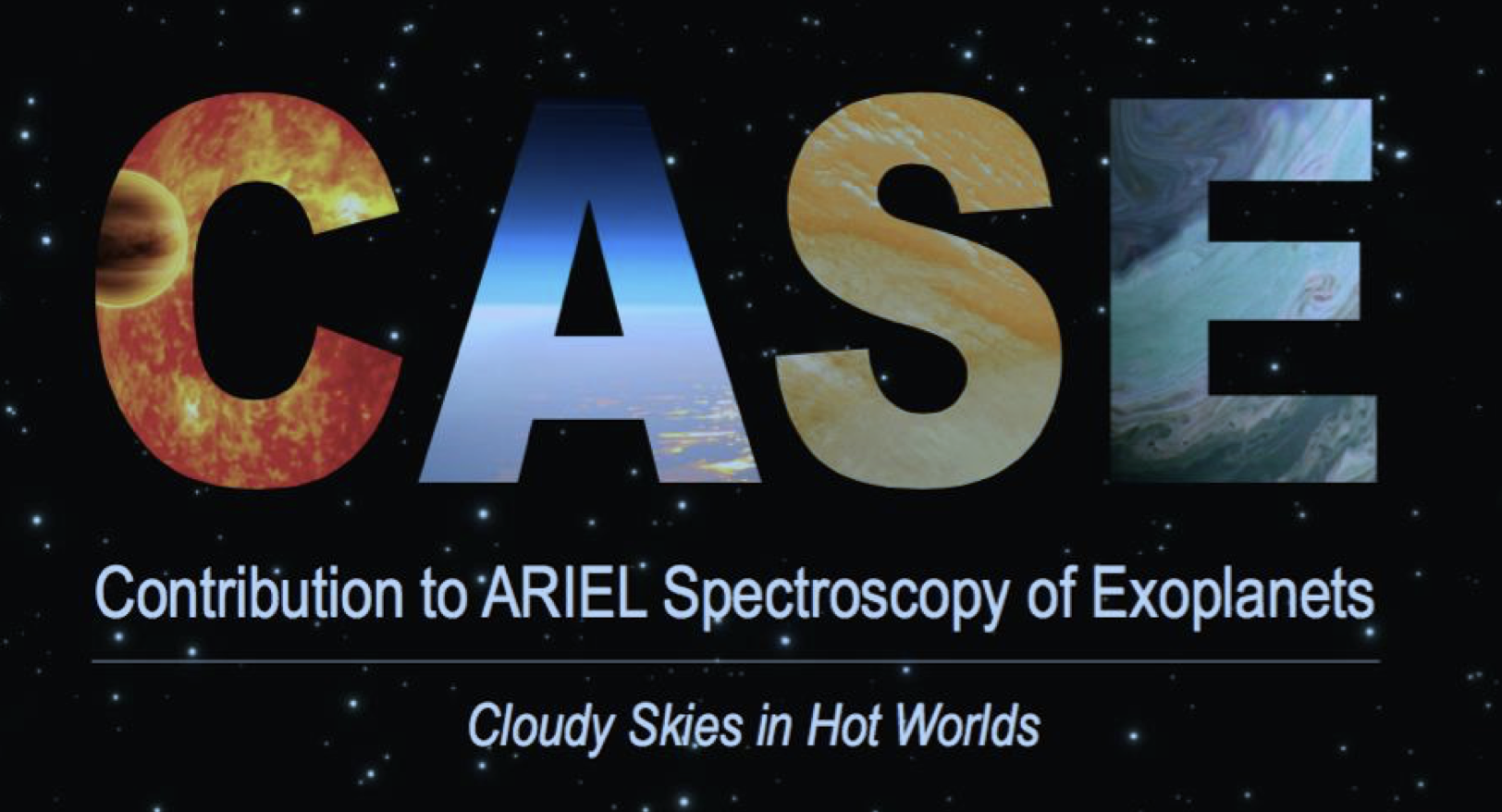
ARIEL will focus on studying exoplanets already known to exist, and learn more about them by looking at their atmospheres to see what they are composed of.
While scientists have only been able to study a small number of exoplanets in this way so far, ARIEL will greatly expand on that capability.
ARIEL’s focus will be on very hot exoplanets, with temperatures greater than 600 degrees Fahrenheit (320 degrees Celsius), so not ideal in terms of looking for planets that are potentially habitable, but those worlds are more likely to transit their star, as seen from our perspective. Scientists can observe more transits of these planets since they orbit close to their stars and have shorter orbital periods. More transits to observe means more data that can be collected.
Even though only planets orbiting close to their stars will be observed, the observations will still cover a wide range of planets, from hot-Jupiter worlds, to mini-Neptunes, to super-Earths.
The data collected by ARIEL will be able to be compared with data from other missions that focus on smaller, cooler, rocky planets more like Earth.
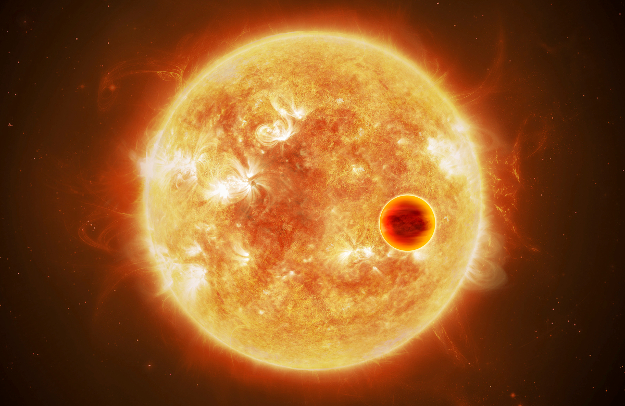
So how does CASE work?
CASE will be able to “see” both near-infrared light, which is invisible to human eyes, as well as visible light. This is specifically designed to complement the infrared spectrometer on ARIEL. CASE will observe a planet’s albedo, or how much light is reflected from the planet’s atmosphere and clouds. Hazes and clouds are a primary focus of ARIEL, to see how they interact with the planet’s atmosphere and how common they are. Some planets may be partly covered with clouds, like Earth or even Mars, while others may be completely blanketed by cloud cover, like the gas and ice giants, Venus or Saturn’s moon Titan in our solar system.
“This is an exciting time for exoplanet science as we look toward the next generation of space telescopes and instruments,” said Paul Hertz, director of the astrophysics division at NASA Headquarters, Washington. “CASE adds to an exceptional set of technologies that will help us better understand our place in the galaxy.”
There are two detectors and other electronics in CASE that contribute to ARIEL’s guidance system, the same ones that will be used in ESA’s upcoming Euclid mission. That mission will explore the structure of the universe, including dark matter and dark energy.
CASE is an astrophysics Mission of Opportunity by the Explorers Program.
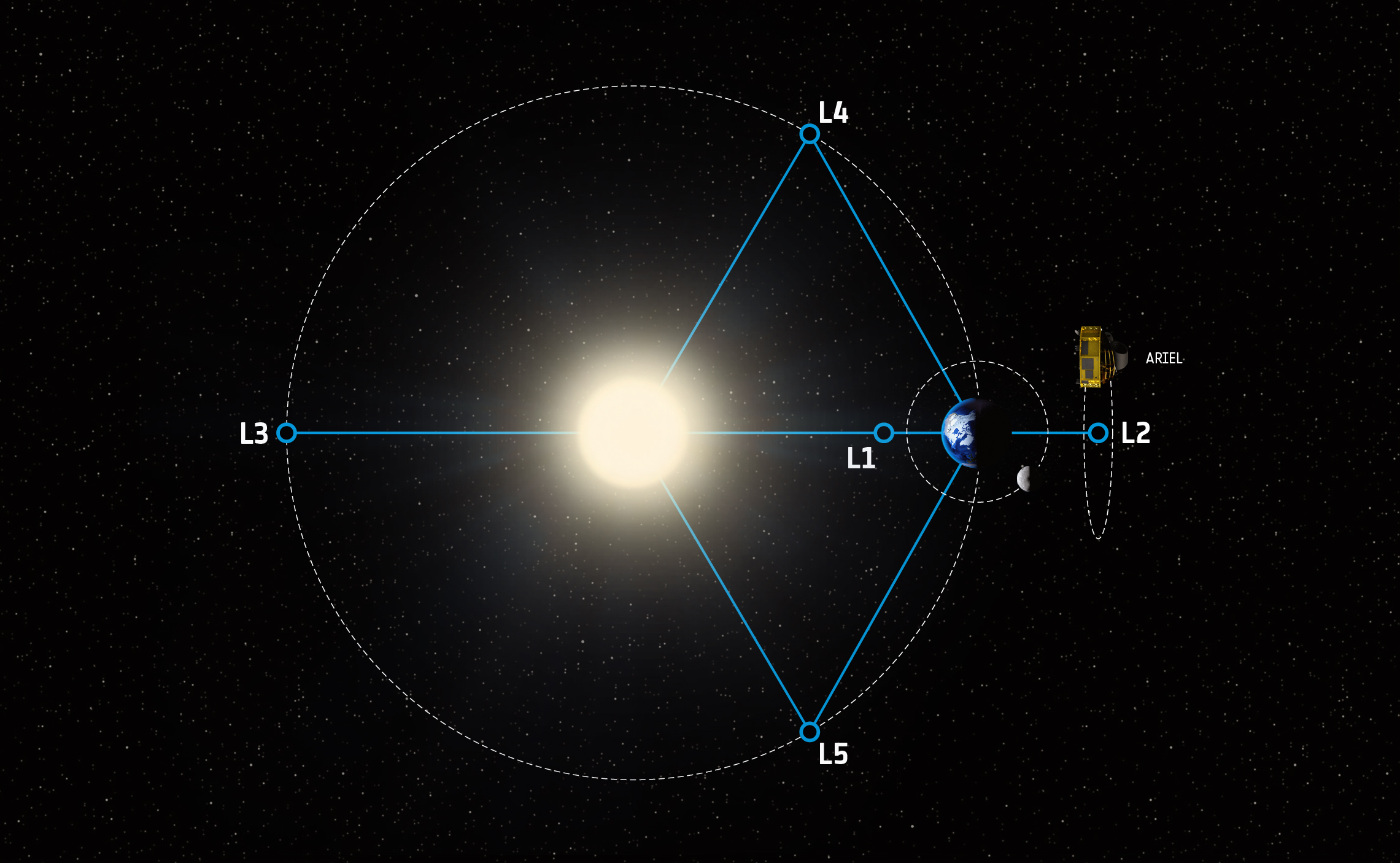
ARIEL and CASE will also share an orbit with NASA’s next big space telescope mission, the James Webb Space Telescope (JWST). JWST will (hopefully) launch much earlier than ARIEL however, in 2021. Both JWST and ARIEL will orbit at Lagrange Point 2 (L2), a region of gravitational stability 1 million miles (1.5 million kilometers) from Earth.
Part of Webb’s mission will also be to study exoplanets and their atmospheres, although it will have other tasks as well, so it will look at fewer planets than ARIEL. But, it will be able to study them in even greater detail. In this way, Webb could help scientists determine which of its planets would be the most interesting to study with ARIEL when it launches a few years later.
NASA’s CASE will be a significant new contribution to the study of exoplanets, helping scientists to learn more about how these distant worlds formed and evolved, and how similar or different they are to the planets in our own solar system.
.
.
FOLLOW AmericaSpace on Facebook and Twitter!
.
.




